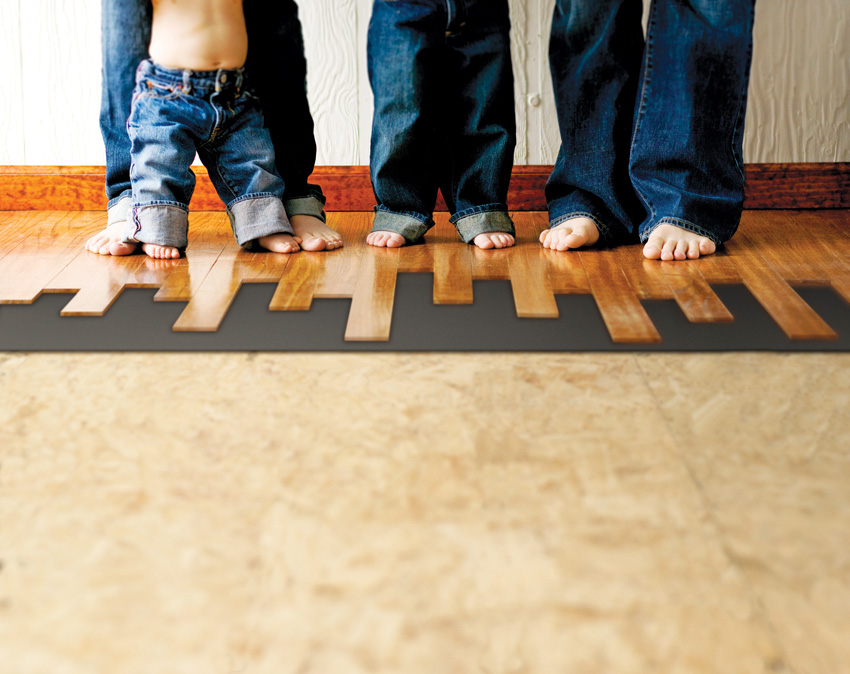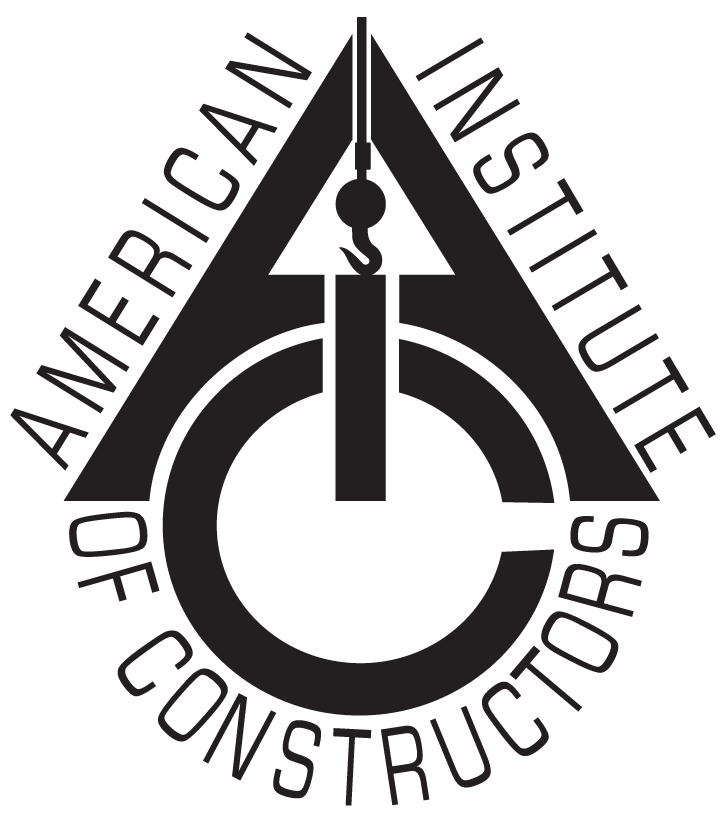Overcoming Structural Floor Squeaks in Wood-Framed Construction
Learning Objectives:
- Recognize the behavioral characteristics of high-performance wood-framed floor systems with superior strength and stiffness attributes.
- Investigate the multiple components of a wood-framed floor system, and the ways that they all contribute to improved performance and the elimination of movement and floor squeaks.
- Assess the functional contributions of engineered wood subflooring as it relates to structural strength, fastener retention, water resistance, and overall stiffness.
- Design and specify wood-framed floor systems that perform as intended, and reduce or eliminate squeaks that are indicators of other issues.
Credits:
This course is approved as a Structured Course
This course can be self-reported to the AANB, as per their CE Guidelines
Approved for structured learning
Approved for Core Learning
This course can be self-reported to the NLAA
Course may qualify for Learning Hours with NWTAA
Course eligible for OAA Learning Hours
This course is approved as a core course
This course can be self-reported for Learning Units to the Architectural Institute of British Columbia
Wood-framed buildings are quite well understood by architects, carpenters, building code officials, and others, so why are there so many squeaky wood floors? The concepts of platform framing have remained the same for decades. Even though material choices have changed, the basic principles haven’t. Of course, dimensional framing lumber has gotten smaller in actual dimensions, floor spans have tended to increase, and the availability of high-quality wood has decreased, all of which could be contributing factors. In response, engineered wood products have filled the void by providing consistently strong, stiff materials in the form of trusses, laminated veneer lumber oriented strand board, plywood, I-joists, and other advanced products. Fasteners and adhesives have also gotten better with some notable engineering improvements. Could it be a labor problem? With labor shortages crunching time availability on jobs and a lack of experienced tradesmen in general, perhaps the floor framing system is being rushed and quality control is suffering. Perhaps it is a combination of all of these things in different degrees in different projects. Whatever the reason, squeaking wood floors are a problem for owners, occupants, contractors/builders, and architects because they scream an impression of poor quality and problems with the construction. Consideration of best construction practices and advanced material options from frame to finish can help designers specify solutions to help mitigate the potential for squeaks and related problems.

All images © 2017 Huber Engineered Woods LLC
Floor squeaks can be a sign of construction problems. Overcoming them and creating a quality finished project requires attention to all aspects of a floor system.
Floor Squeaks and Why They Matter
What causes a floor to squeak? Fundamentally, two pieces of material need to move or rub against each other, creating friction that emanates as sound. Those materials can be wood against wood, as in subfloor panels rubbing against floor joists, or wood against metal, as in fasteners or ductwork rubbing against floor trusses. It is this differential movement between different components or materials that commonly causes squeaks in wood-framed floor systems. More significantly, it reveals that something may not be performing as intended. Minimizing or eliminating this movement will minimize or eliminate the squeaks and perhaps the underlying problems.
The biggest reason to design against floor squeaks is to help achieve long-term durability of the floor and help mitigate owner or occupant complaints or concerns with quality. Floor squeaks are often referenced as a common reason for callbacks.1,2 If the results aren’t satisfactory, owners can seek retribution and even litigation against contractors, architects, developers, and anyone else involved. Are those claims justified? Sometimes, yes. The squeaks can be a sign that the floor system is deflecting more than it should. That might be a design error from undersized structural floor joists or trusses. Or it might also be because the subfloor wasn’t of adequate strength and stiffness or installed properly to be fully attached to the floor system as required by structural design. Or perhaps everything is fine with the design and installation but the materials were damaged and weakened from wet conditions during construction. All of these conditions are common in the framing of a structural wood floor, and if they aren’t addressed early, they can lead to more significant issues in the future, such as structural sagging, separation of components, or degradation of materials.
Of course, there may be other signs of problems that are not readily visible in the structure but quite evident in the finish flooring. If the subfloor system is inadequate or compromised for any reason, then the finish flooring could be affected. This may be less noticeable where carpet is used, but it can be very noticeable if hardwood flooring, laminated or engineered wood flooring, or brittle finishes such as tile or stone are used. Movement in the subfloor allows for movement in the finish flooring, and tile and stone products are not made to endure that. Manufacturers of wood, tile, or stone floor products will usually indicate the conditions that are required for their flooring to be installed over and will not take any responsibility or honor a warranty if those conditions aren’t met. This just reinforces the point that is true in many parts of construction—there is no point in putting a high-quality, often costly finish material over an inadequate substrate. In the case of floors, a quality flooring material should be installed over a quality subfloor system. This is a very reasonable first step to help design quiet floors and protect against liability claims.

A quality finished floor and living space requires that a quality subfloor system is constructed first to achieve structural integrity, avoid floor squeaks, and protect against costly problems.
How do we overcome the challenges and achieve the needed quality of construction? We need to look at all of the components of a subfloor assembly and the interface with the finish flooring. Selecting products and systems that are reliable and carry quality assurance recognition is a good first step. In addition, understanding the installation of the materials and specifying an assembly that reduces risk of rework while helping applications move swiftly can all be a real asset during construction. In the following sections, we will look at each individual component of a floor assembly. Keep in mind though that any project needs to be designed holistically to minimize the opportunity for performance issues or installation problems.
















